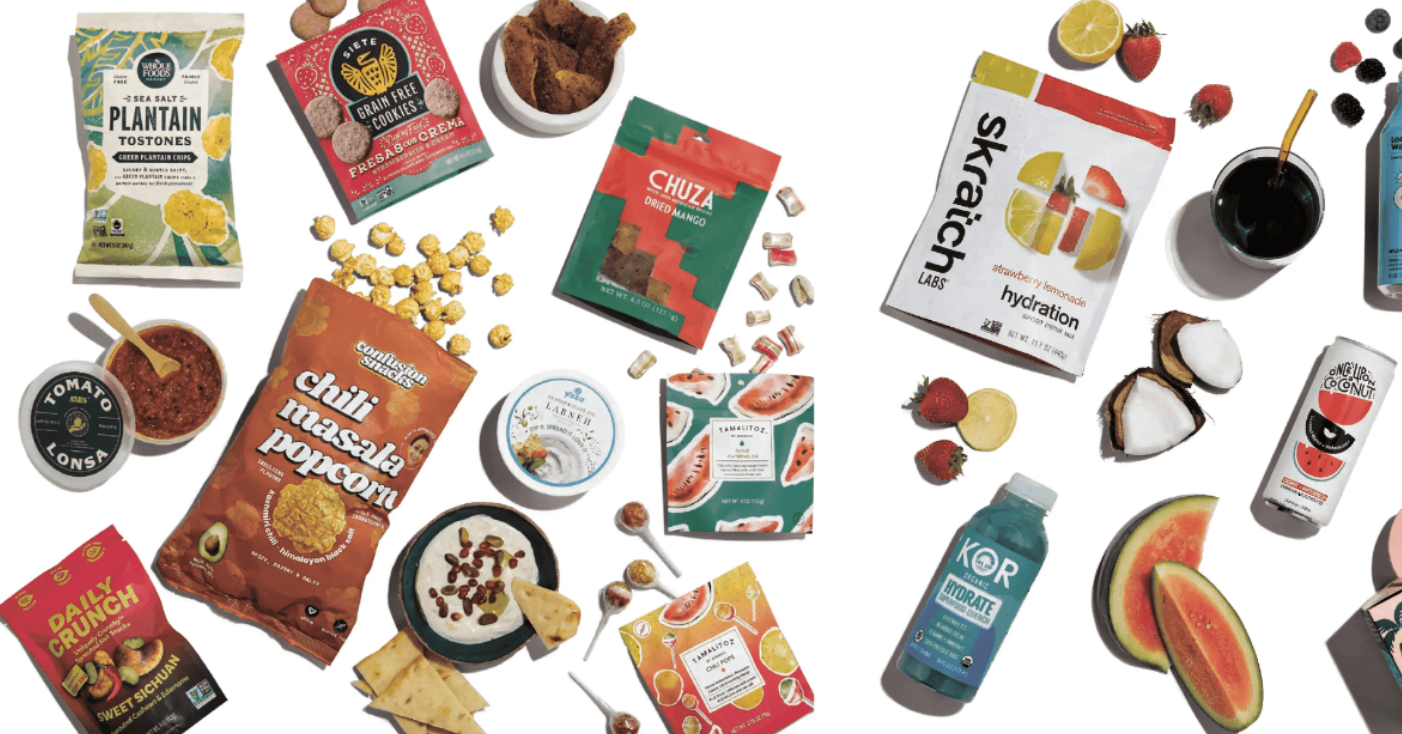Food Market Trends in Nigeria: Consumer Insights and Preferences(January – July 2025)
Executive Summary
From January to July 2025, Nigeria’s food market experienced a dynamic shift driven by inflation, lifestyle changes, digital adoption, and urban migration. Consumers have become more price sensitive yet increasingly health conscious, with rising demand for affordability, convenience, and nutritional value. The proliferation of informal food vendors and rapid growth in tech enabled grocery platforms have reshaped how Nigerians source, consume, and relate to food.
1. Macroeconomic Drivers of Food Consumption
1.1 Inflation and Cost-of-Living Pressures
Nigeria's food inflation reached 30.5% in June 2025, according to the National Bureau of Statistics (NBS). This has shifted consumer behavior towards:
Smaller quantity purchases (buying in “sachets” or daily rations)
Increased preference for locally produced staples such as gari, beans, and yam
Migration from premium food brands to value for money alternatives or unbranded options
1.2 Urban Migration and Food Accessibility
Urban centers like Lagos, Abuja, Port Harcourt, and Ibadan are witnessing increasing rural to urban migration. This growth fuels demand for:
Quick meals and street food vendors
Packaged and ready to cook meals for working class professionals
Mobile markets and mini marts in low income urban communities
2. Consumer Preferences and Behavioral Shifts
2.1 Value and Convenience Over Brand Loyalty
Nigerians are choosing food options that combine affordability, accessibility, and portion control. Popular patterns observed include:
Bulk buying of dry foods (e.g., rice, beans, semovita) shared among households
Split shopping: purchasing perishables daily while stocking dry goods monthly
Demand for sachet packaged condiments and cooking oil to stretch budgets
2.2 Rise of Local and Organic Foods
Health awareness, driven by social media and medical advice, has prompted growing interest in:
Unprocessed and organic options (e.g., ofada rice, locust beans, fresh vegetables)
Local grains such as millet, guinea corn, and acha
Small but rising demand for meat substitutes and plant-based proteins
2.3 The "New Middle Class" Palate
Among upwardly mobile Nigerians, especially in tech and finance, food choices are now shaped by:
Healthy meal subscriptions
Interest in foreign cuisines and experimental food culture
Increased patronage of farm to table delivery services
3. E-commerce and Tech Enabled Food Access
3.1 Grocery Delivery Platforms on the Rise
Platforms like Pricepally, Chowdeck, and Glovo have grown in urban centers, offering:
Weekly basket subscriptions for groceries
On-demand fresh produce delivery
Discounts and flash sales to retain low budget shoppers
3.2 Mobile Ordering and Online Payment
Thanks to mobile money and digital wallets, Nigerians are now:
Paying for food via POS, transfers, or wallet balances
Ordering via WhatsApp or social commerce platforms
Joining community buying groups for cooperative discounts
4. Informal Market Dynamics
4.1 Resilience of Open Markets
Despite the rise of tech, informal markets still serve over 60% of Nigerian households. They are:
Culturally entrenched: consumers trust visual inspection and bargaining
Flexible: allow credit purchases and barter trade in low-income areas
The primary source for fresh fish, vegetables, and native spices
4.2 Gender and Household Roles
Women, especially in urban slums and rural areas, remain the key food decision-makers. Trends include:
Female-led micro food businesses (e.g., food vending, resale of farm produce)
Adoption of time saving tools like blenders, rice cookers, and electric cookers
5. Trends in Processed and Packaged Foods
5.1 Indomie Economy
Noodles, especially Indomie, remain a dominant comfort food across all classes. Noteworthy:
New variants with Nigerian inspired flavors
Family size packs to serve joint households
Street-level preparation (boiled + fried combo) gaining popularity
5.2 Fortified Foods and Children’s Nutrition
Demand is growing for:
Infant cereals fortified with vitamins and iron
Milk alternatives for lactose intolerant children
Branded baby foods and nutritional snacks in urban supermarkets
5.3 Bottled and Sachet Water Preferences
Clean drinking water is still a major concern. Consumers are:
Choosing sachet (“pure”) water for affordability
Paying a premium for bottled water brands during office hours and outings
6. Regional Food Consumption Patterns
Region | Notable Preferences | Emerging Trends |
|---|---|---|
| Lagos/West | Street food, mobile grocery apps, party meals | Shortlet kitchens, diet-focused services |
| Southeast | Palm oil-rich meals, native soups | Home-based caterers expanding via Instagram |
| North | Grains, livestock, tea, suya | Millet-based cereals, Islamic-compliant labels |
| South-South | Seafood, pepper soup, market-based shopping | Frozen fish packs, doorstep vendors |
7. Trust, Quality & Consumer Sentiment
Trust remains central in food decisions. Shoppers are wary of:
Expired or relabeled products
Fake spices, preservatives, and contaminated water
Preference for brands that transparently share sourcing, expiry, and nutritional info
Trustsdeck’s consumer polls in April and June 2025 reveal:
72% of shoppers say “trust in food source” affects their buying decision
58% would pay more for food with certified safety labels
Social media influencers and food bloggers shape perceptions of new products
8. Outlook for August – December 2025
Key predictions include:
Further rise in food prices, especially imported goods, due to forex challenges
Increased demand for made in Nigeria food brands
Growth in meal kits and local food processors
Rural food clusters becoming supply hubs for urban vendors and aggregators
Conclusion
Nigeria’s food market is evolving rapidly, shaped by a mix of tradition and technology, inflation and innovation. Consumers are making sharper choices, balancing cost with nutrition and trust. As the market continues to shift, brands, policymakers, and tech providers must align with emerging preferences for transparency, convenience, and locally inspired food solutions.
Report compiled by Trustsdeck Consumer News Editorial Team. Data sourced from NBS, food e-commerce platforms, informal market interviews, and Trustsdeck consumer polls (Jan–July 2025).


Comments (0)